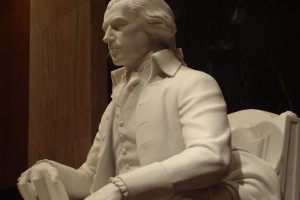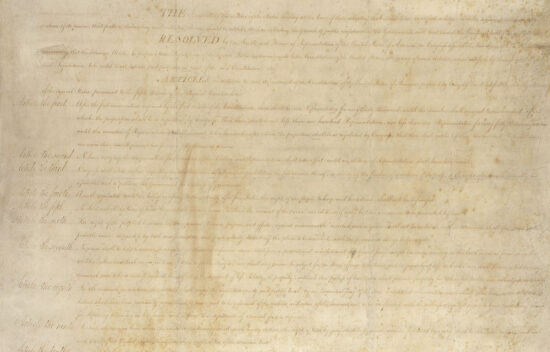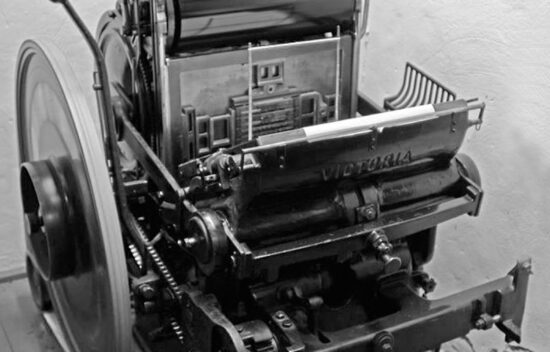 Lesson
LessonThe Articles of Confederation – Docs of Freedom
In 1777, the Second Continental Congress adopted the Articles of Confederation, the first government of the independent United States. The Articles created a “confederacy,” an association of sovereign states. Every state was its own country, except with respect to those powers expressly delegated to the U.S. Congress, and it agreed to do certain things for and with the other states in the confederacy. But by the mid-1780s, more and more people were becoming concerned about problems with the Articles.





































